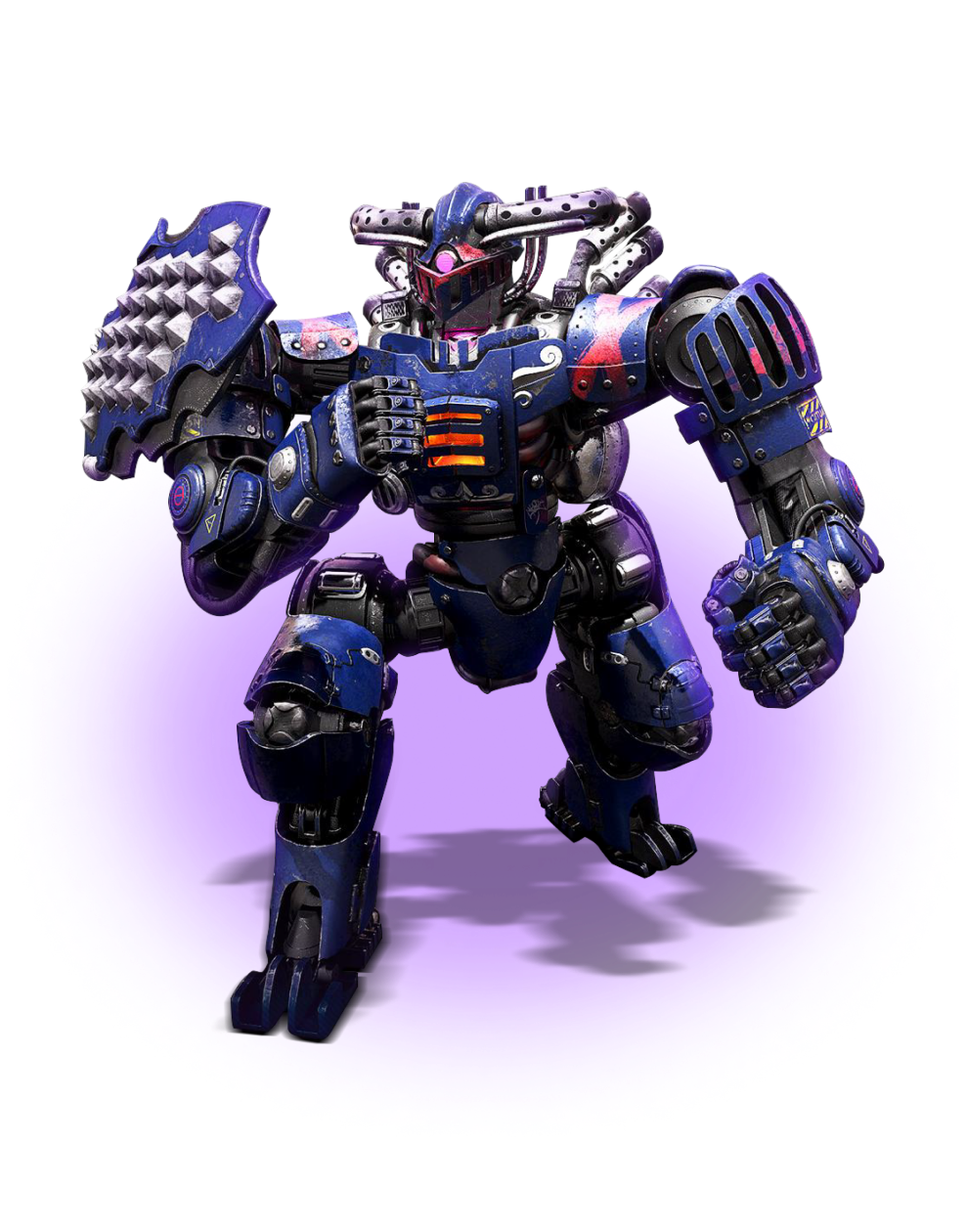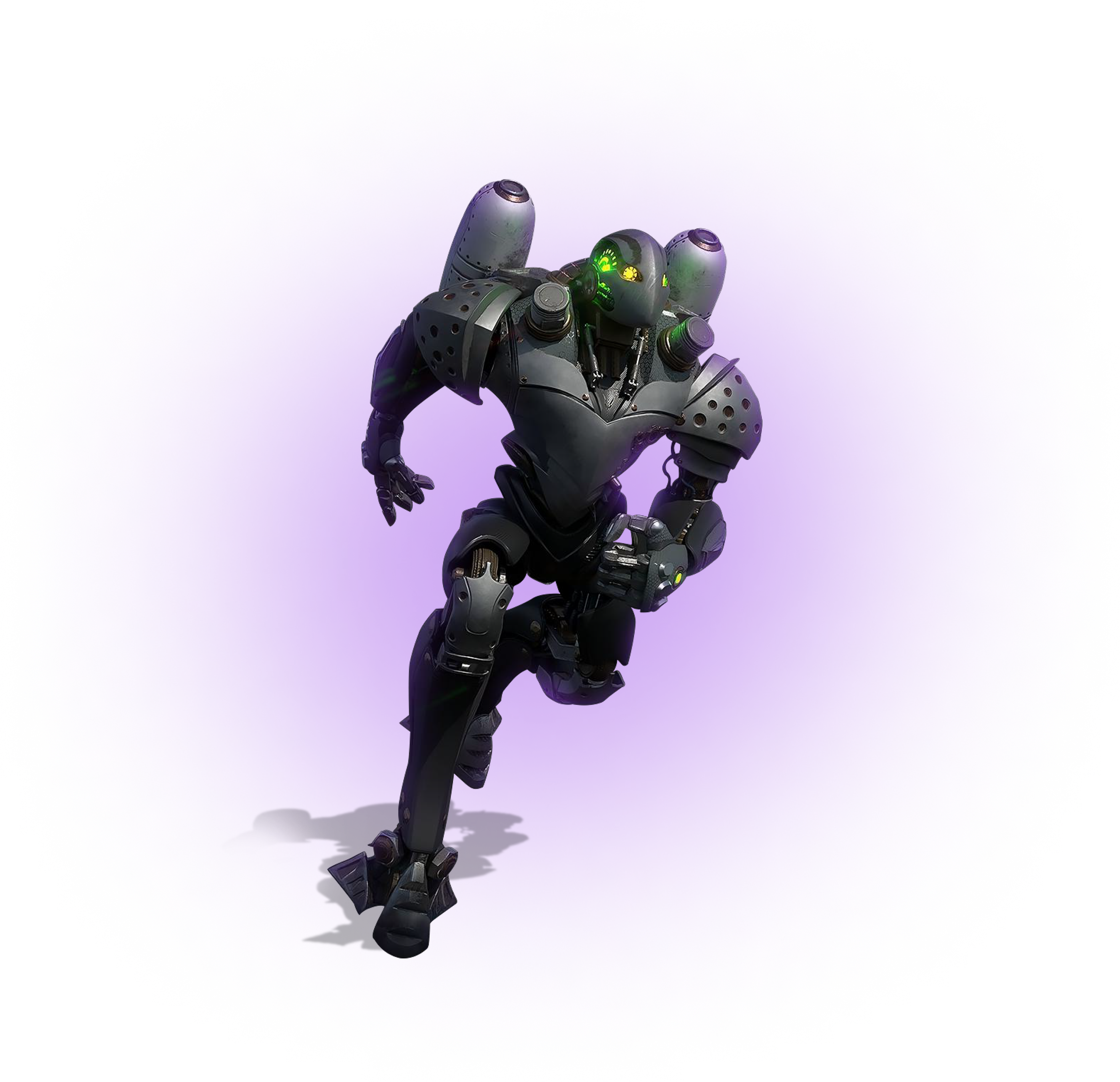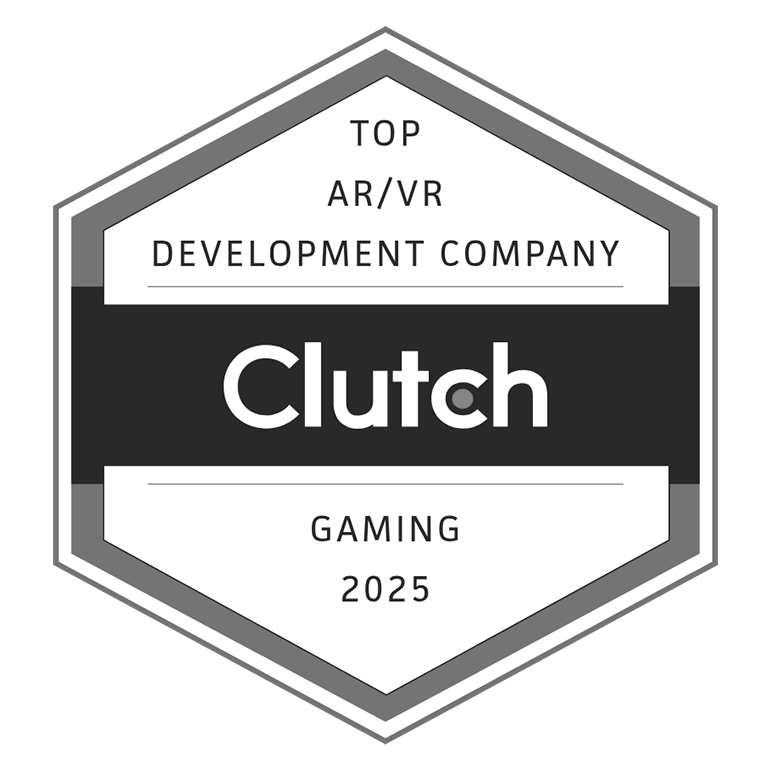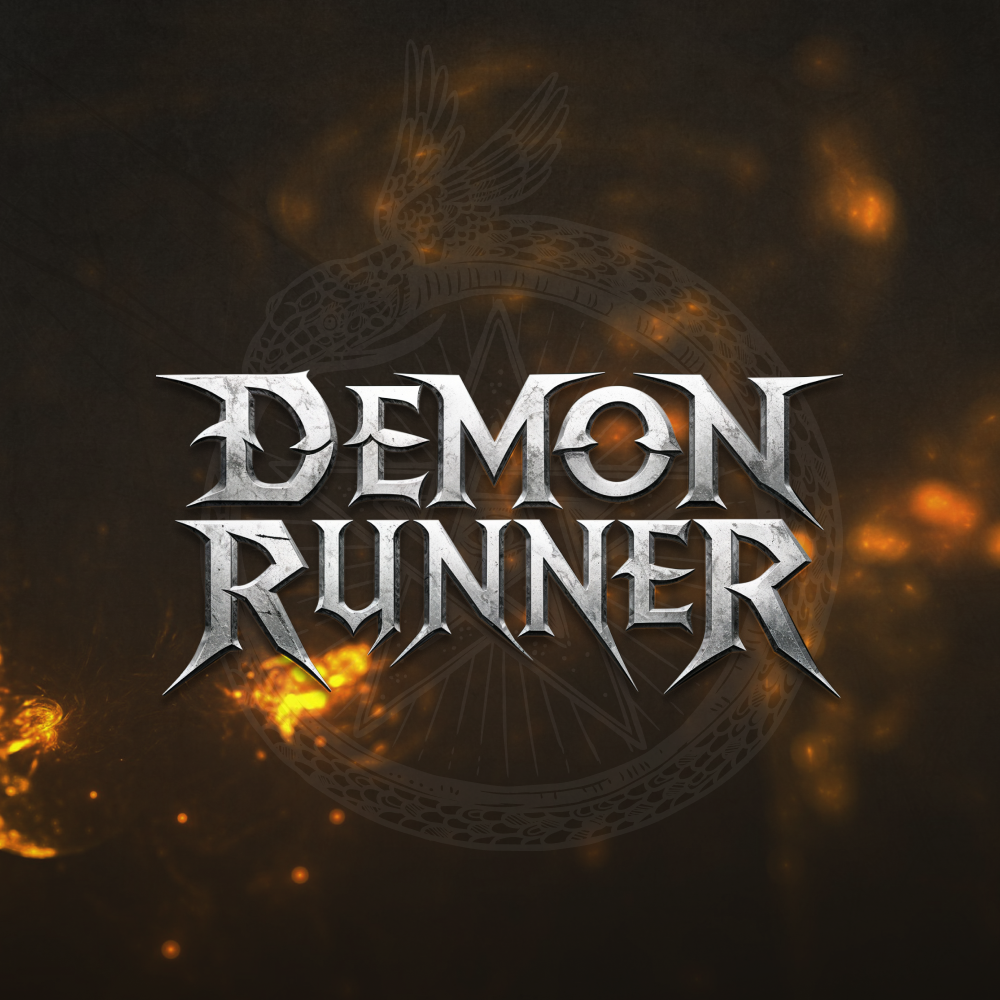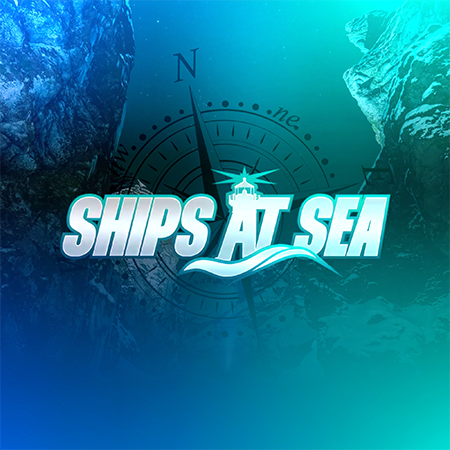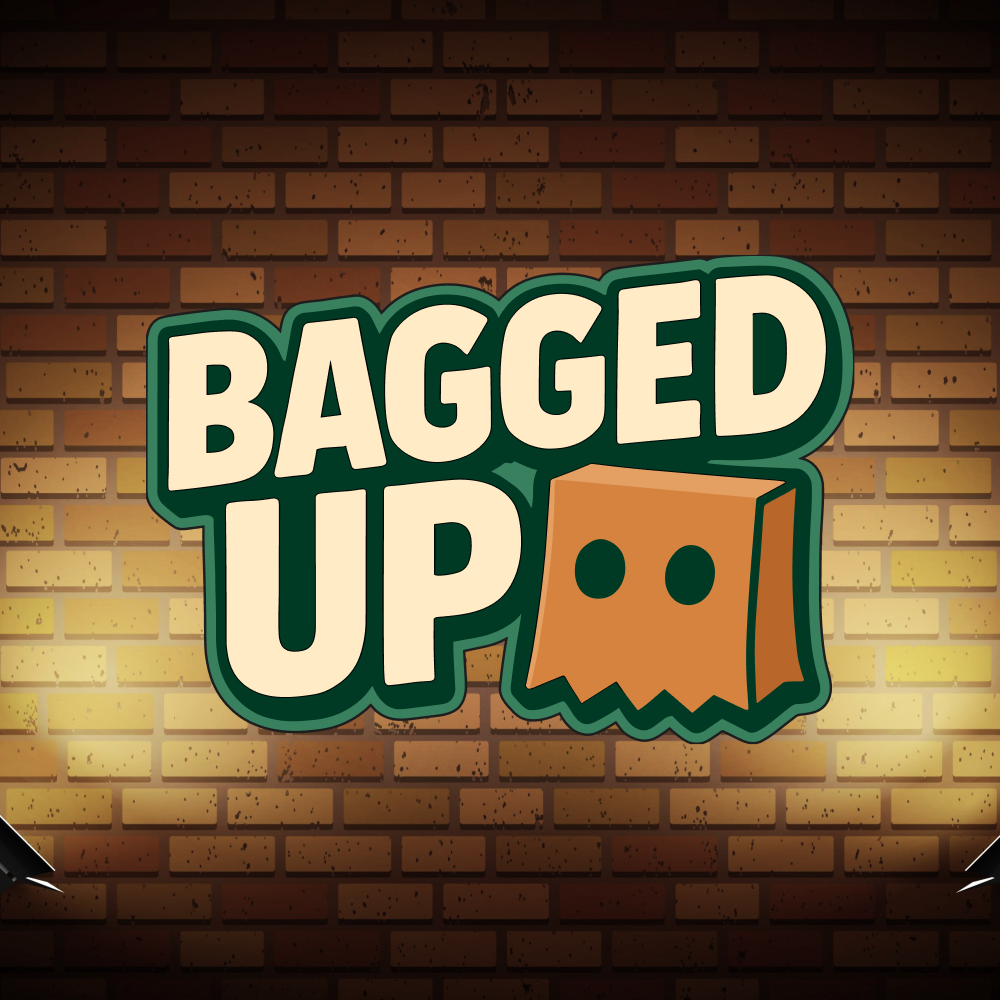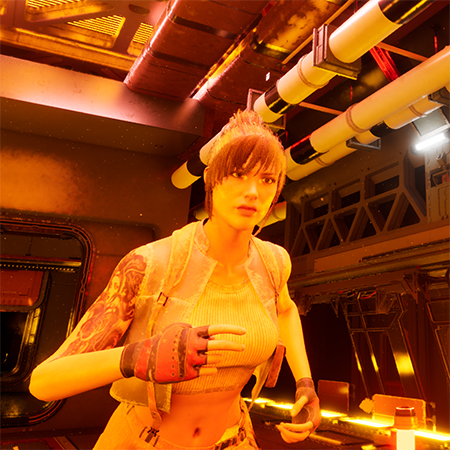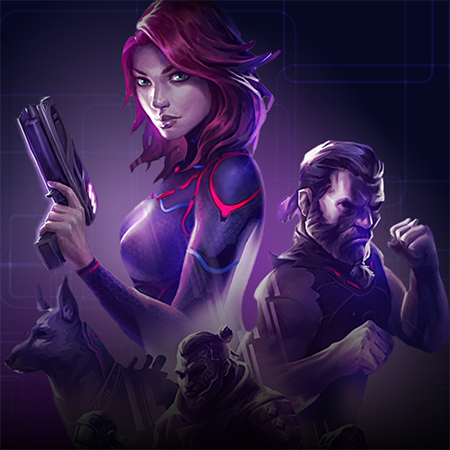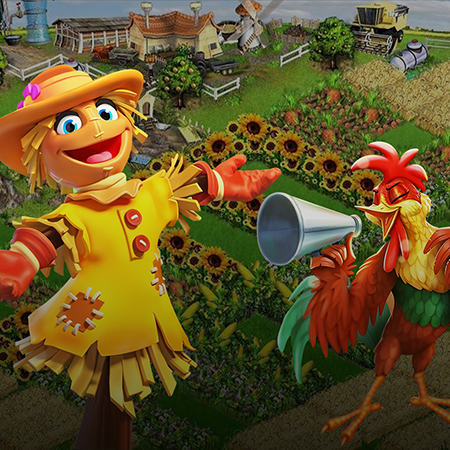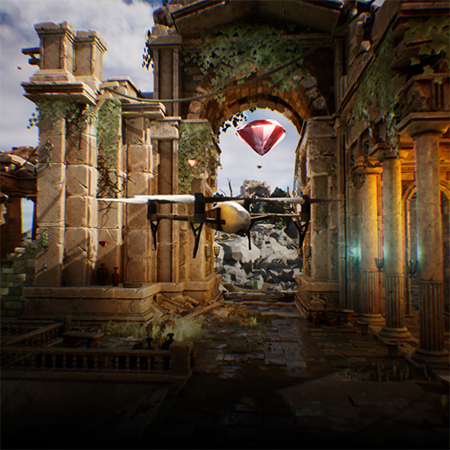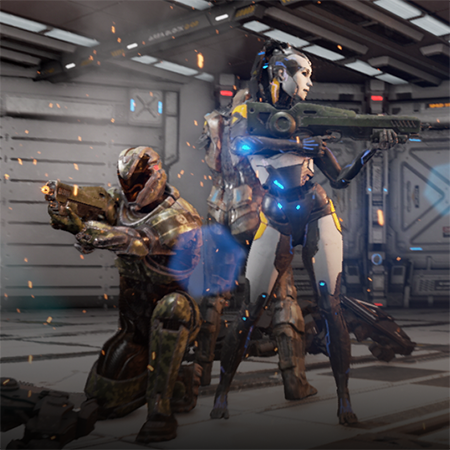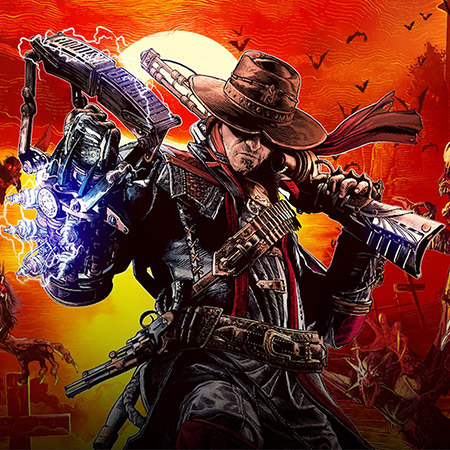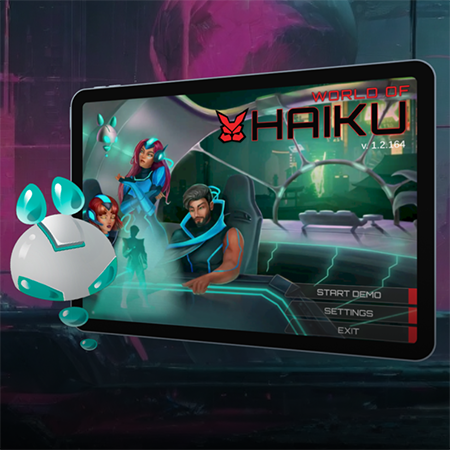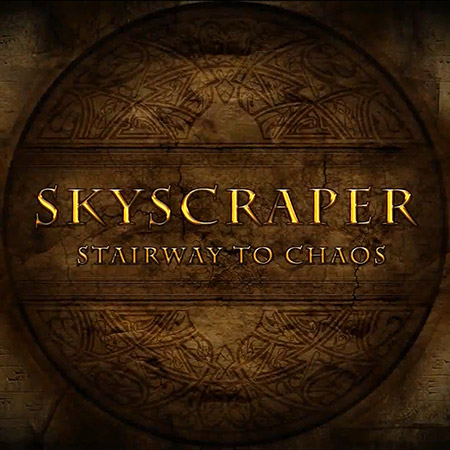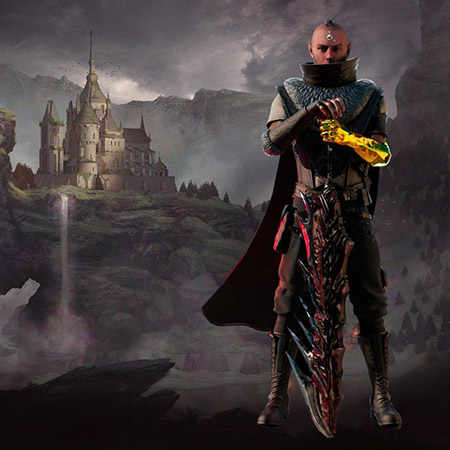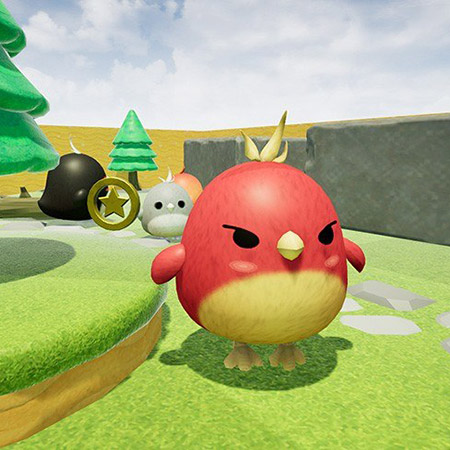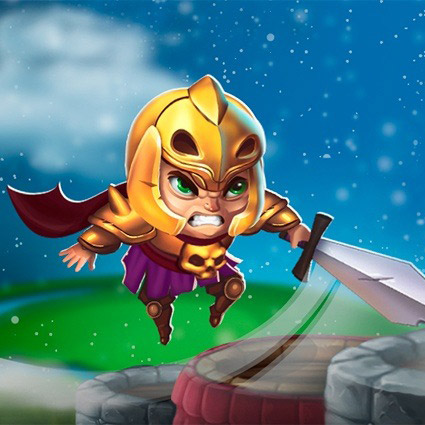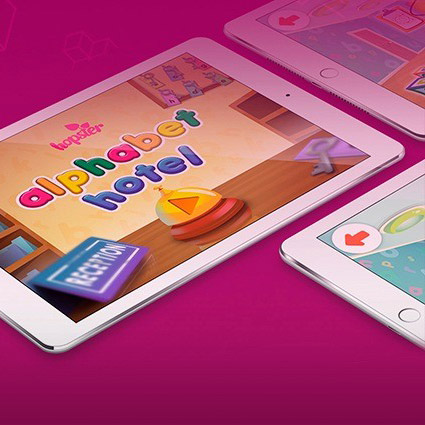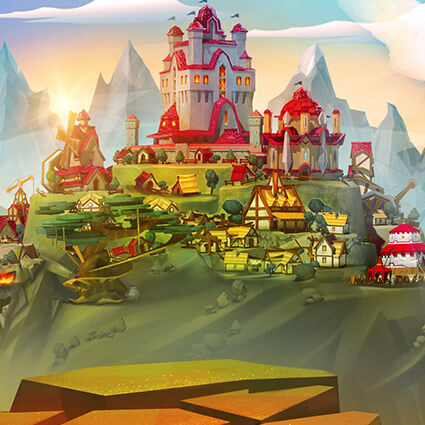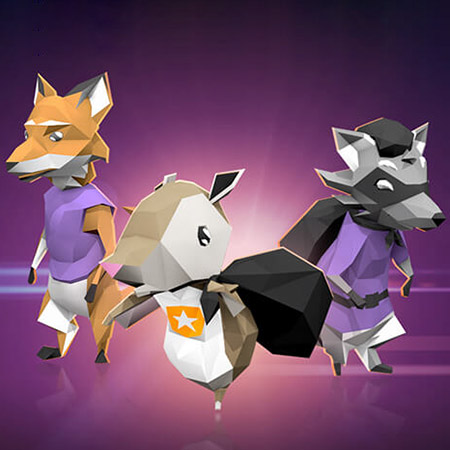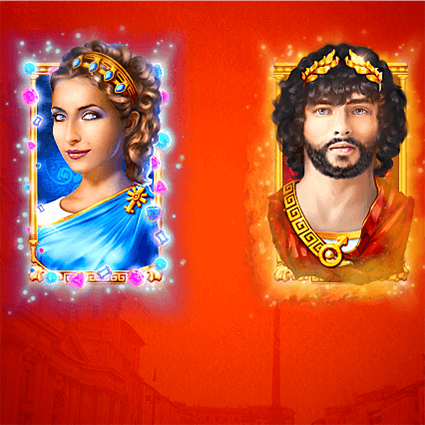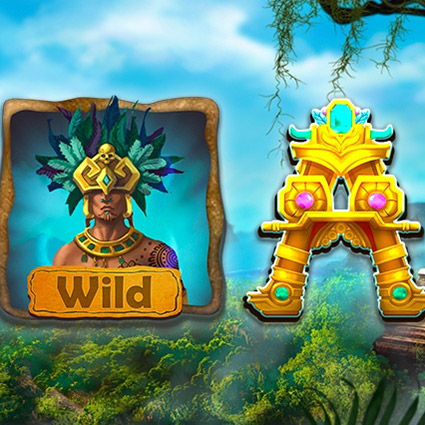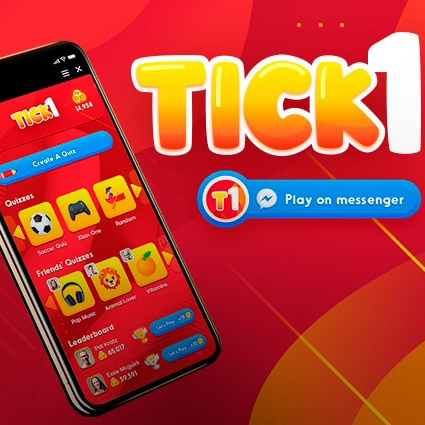Ensuring consistent visual quality across browsers and GPUs requires defined benchmarks, real hardware testing, and structured optimization from the earliest builds onward. Every WebGL project begins with a compatibility plan that targets Chrome, Safari, Firefox, and Edge, including their major GPU combinations on Windows, macOS, Android, and iOS.
Developers maintain a library of baseline devices to test shader accuracy, texture compression, and material response under different driver versions. Rendering parameters are locked to identical gamma curves and tone-mapping settings, preventing unwanted brightness shifts or color drift between cards.
Performance and appearance remain traceable through automated comparisons of reference frames produced by stable hardware samples. Lighting models, post-processing stacks, and anti-aliasing options are reviewed per release to keep fidelity stable while retaining speed.
Engineers track average frame time, texture bandwidth, and draw-call cost in visual dashboards that identify changes before they reach production. Version control keeps all materials, shaders, and configurations consistent across branches to avoid hidden mismatches between builds.
- Hardware testing. QA runs the same visual scenes on multiple GPUs and browsers to confirm color balance and depth precision.
- Consistent compression. Texture pipelines rely on KTX2 or Basis formats, reducing decoding variability on integrated and discrete chips.
- Adaptive fallback. Graceful shader downgrades protect weaker hardware without dropping visual cohesion or breaking lighting.
Stakeholders receive reports with reference screenshots and performance data for every milestone. Let's turn your browser game idea into a high-performing WebGL experience — get in touch with our team today.
